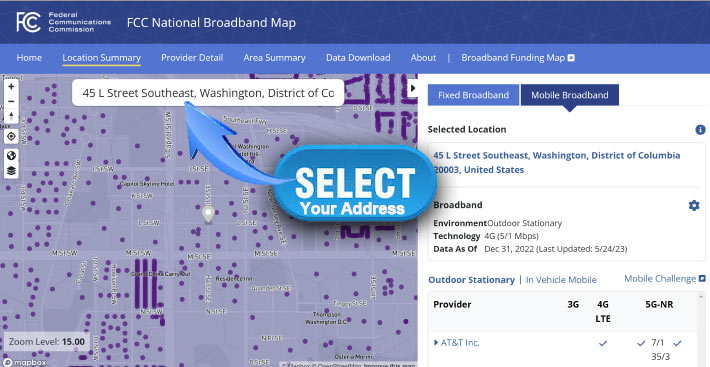The FCC took another step forward in its effort to develop the best and most accurate broadband maps ever built in the United States.
In a note, to understand why requires a bit of history, said Chairwoman Jessica Rosenworcel.
“For decades, the Commission produced broadband maps based on census blocks. In practice, this meant that if there was high-speed internet service in a single location in a census block, the agency assumed there was service throughout the area. Needless to say, this methodology left a lot to be desired. It overstated service nationwide. It also provided a less than accurate picture of unserved communities because it lacked the kind of granular data policymakers need if they want to address the digital divide,” said Rosenworcel.
Even though the November 2022 broadband map was the most accurate to date, it was also only a starting point. The FCC called it a pre-production draft because it had not been subjected to challenges from consumers, states, localities, Tribes, and other stakeholders. However, these challenges have been in full swing over the past several months and are an essential part of the process of building better and iterative maps under the Broadband DATA Act.
The map released yesterday reflects these challenges and other improvements to the data we have been making since we launched our first public effort last year. As a result, it has a lot of updated information about both locations and availability.
“We applaud the FCC for its diligent work to bring these maps to life by identifying all broadband-serviceable locations in the U.S., which is key to bringing high speed connectivity to all Americans,” said AT&T Executive Vice President-Federal Regulatory Relations Rhonda Johnson.
“Vast resources are allocated to bringing broadband to every corner of the country and connecting Americans everywhere,” said Incompas CEO Chip Pickering. It’s “critical that the maps directing this process are as accurate as possible to ensure we meet the needs of the country and build new networks to unserved and underserved areas,” he said, stating that the revised maps “will be essential in assisting NTIA in determining state allocations for the BEAD program.”

















